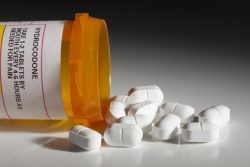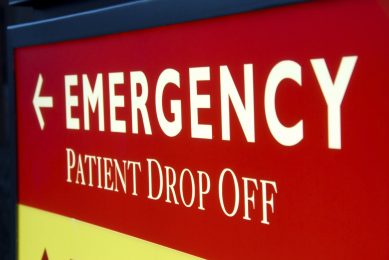The Federal Department of Transportation (DOT) is getting with the times and adding opioid screens to its drug testing program. Specifically, providers who conduct physicals and assessments for the DOT will have to include hydrocodone, hydromorphone, oxymorphone, and oxycodone in their screens as of January 1, 2018. In addition, methylenedioxyamphetamine has been added as an initial test analyte, and methylenedioxyethylamphetamine has been removed as a confirmatory test analyte. Adding the four semisynthetic opioids has been …
Read More


